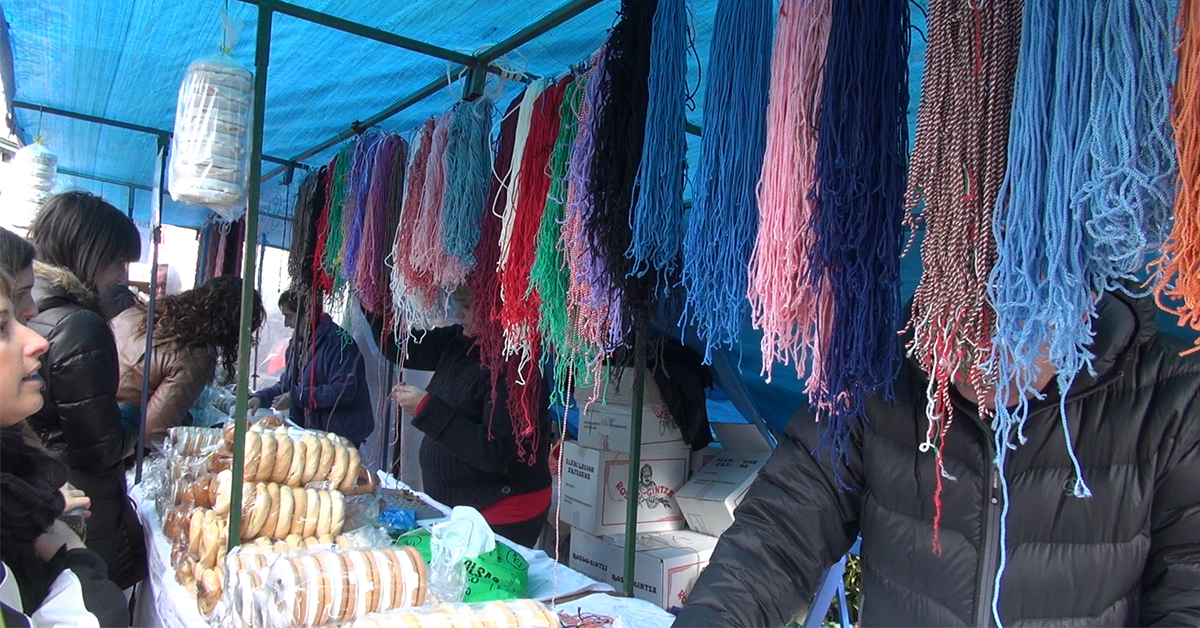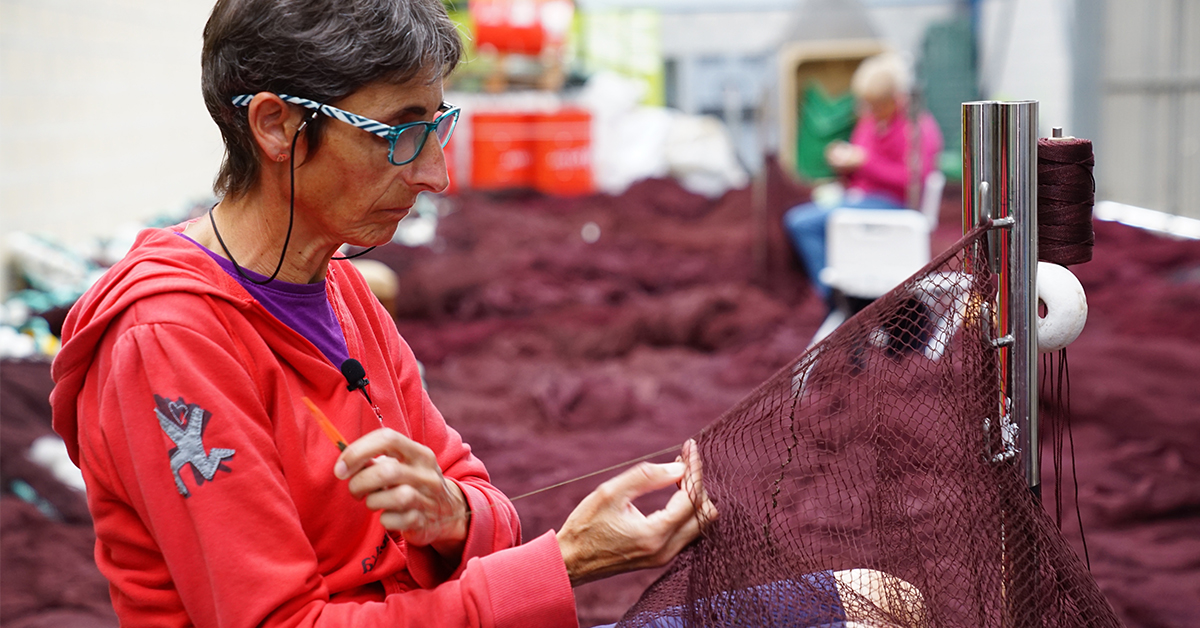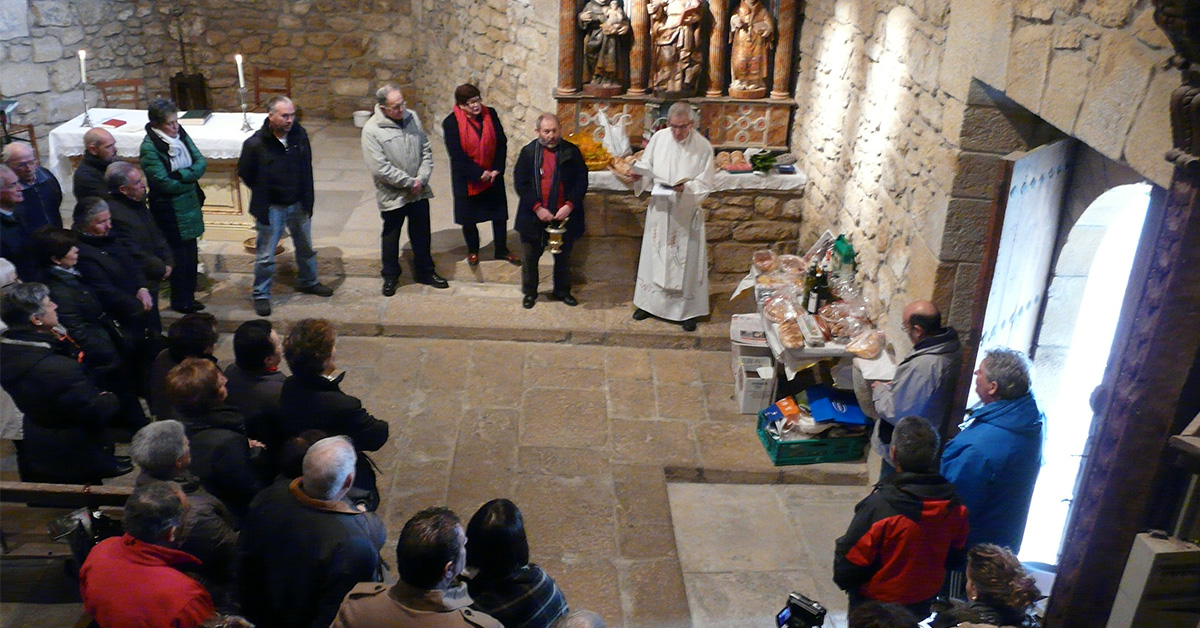Basque ethnography at a glance
St. Blaise’s day is on 3 February and is one of the dates noted for beliefs and rituals whose roots probably lie in the earliest times, as they seem to coincide with nature waking up after winter.
The church, yet again, replaced it with the worshipping of the Armenian Blaise of Sebastea, St. Blaise, physician, bishop of Sebastea and Christian martyr. The devotion to this saint spread throughout Europe during the Middle Ages and he has been considered as the protector against sore throats ever since. And all the customs still practiced today can be traced back to that aspect.
(more…)
The Geu be bagara itsasoa project was unveiled at the Itsasmuseum in Bilbao this morning. Representatives of the Labayru Foundation and the Basque Government were there, along with some of the women seafarers involved in the project and who have been its alma mater.
In fact, the project seeks to highlight and showcase the important work of generations of women seafarers; to shed light on the evolution of their trades and call for their well-deserved recognition.
(more…)
St. Anthony the Abbot or St. Anthony the Great (17 January) is known for living as a hermit, for his strength shown in the face of repeated temptation by the devil, and for protecting the swine with which he is traditionally depicted in the iconography. Cattle and livestock in general were usually given a day of rest on the saint’s feast day. In turn, they were blessed by driving them over the smoking remains of the yule log, passing under a protective charm placed on the lintel of the animal pens and feeding them blessed bread and water. If that were not possible, the animals were driven around a chapel or church dedicated to their patron saint.
(more…)
The word ‘house’ has different meanings, including one in the strictest sense and another in the broadest sense of the term and including the concept of home. The house is here considered in its broadest sense as we refer to the family home and other type of dwellings.
Families in charter towns or other urban areas have usually felt a tie to the family homestead, from which their surname or nickname often comes. Even the towns have a founding house according to popular tradition. In the Gernikaldea district, that first house is the Mezeta tower house (Mentzeta as it is known coloquially) in Ajangiz or the Gautegiz one in the neighboruing Gautegiz Arteaga.
(more…)





